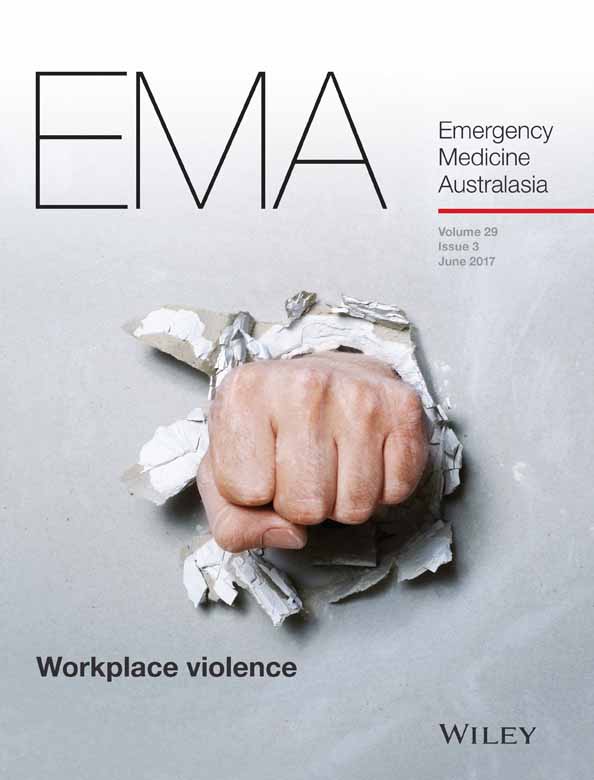Improving emergency department medical clinical handover: Barriers at the bedside
Abstract
Objective
The present paper describes our experience of developing and piloting a best practice model of medical clinical handover. Secondary aims were to improve reliability of communication, identify negative effects on patient care and assess staff adherence and acceptance of the process.
Methods
We described existing handover practice. We designed and implemented a process incorporating bedside handover, the Identification, Situation, Background, Assessment, Requirements and Requests (ISBAR) tool and handover documentation. We audited the process and surveyed doctors before and after the intervention regarding their practice and preferences.
Results
Existing handover practice was remote from the patient, neither standardised nor documented. The new process resulted in a median 87% (95% CI 70.4–92.1) of handovers in the presence of the patient. ISBAR elements were consistently communicated, median 100% (95% CI 91.8–100). Risk events were directly identified in a median 8.3% (95% CI 0.0–13.8) of bedside handovers. Handover documentation did not improve. FACEM and registrar perception that bedside handover improves patient care fell from 71%, 80% to 56%, 58%, respectively. Preference for bedside handover fell from 79% and 80%, respectively, to being evenly divided between bedside and centralised models; 80.9% of respondents reported that ISBAR improved communication.
Conclusion
Bedside handover using ISBAR resulted in improved patient involvement, communication and a non-significant trend to improved patient safety. Despite a majority of doctors acknowledging these findings, preference remained for a centralised handover using ISBAR. Gaining staff acceptance of a process change is essential to its success. A barrier to acceptance could be that staff are time-poor. We suggest handover processes can be strengthened by adequate staffing and small, incremental improvements to existing models combined with auditing of outcomes.




